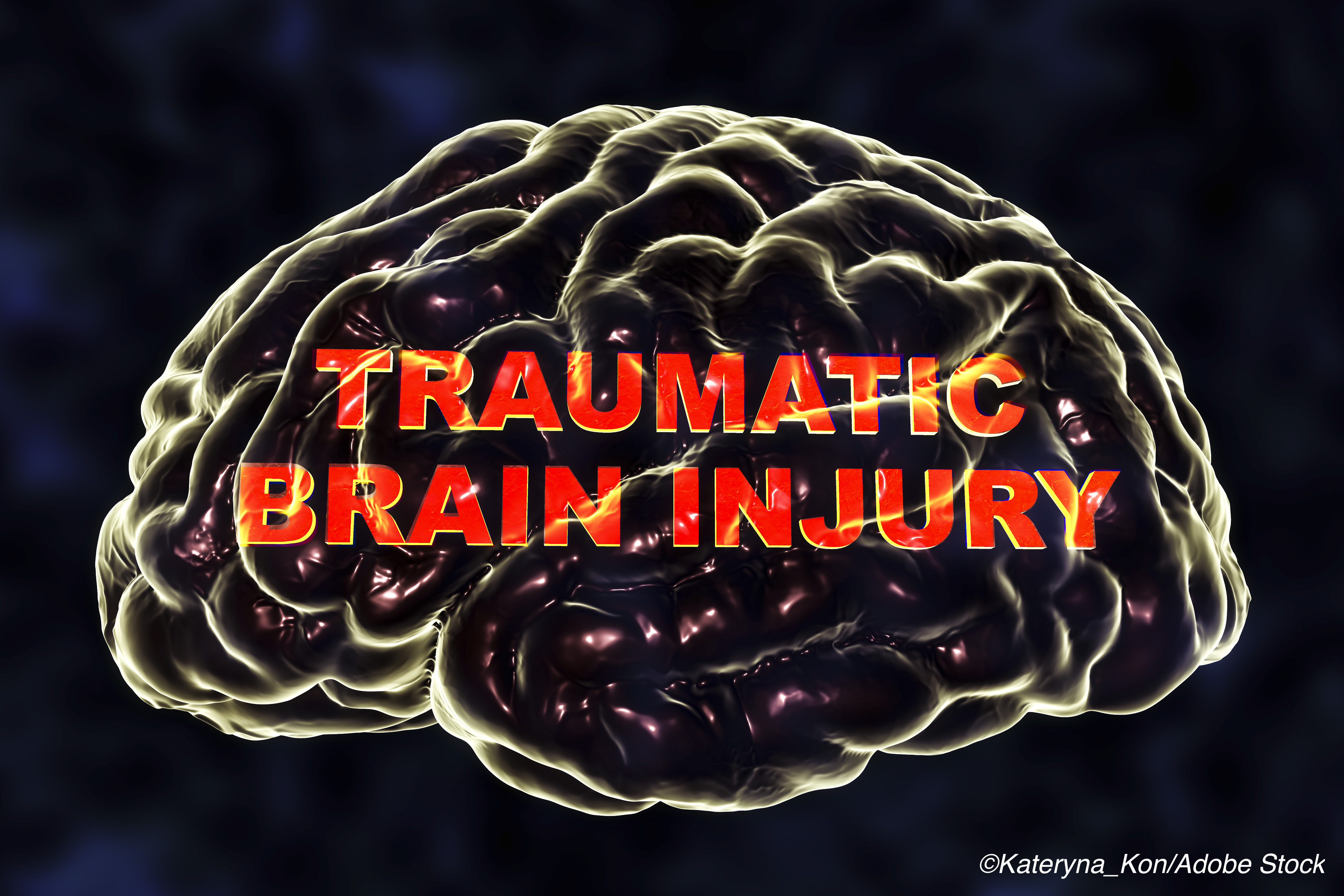Most patients with a persistent disorder of consciousness (DOC) after moderate to severe traumatic brain injury (TBI) eventually recovered consciousness, prospective data showed.
By the end of rehabilitation, 82% of patients who had persistent DOC when they were discharged from acute care were able to follow commands, reported Robert Kowalski, MBBCh, MS, of the University of Colorado in Aurora, and co-authors. Median acute hospitalization was 25 days and median rehabilitation stay was 33 days.
“Caution is warranted in consideration of withdrawing or withholding care in patients with TBI and DOC,” they wrote in JAMA Neurology. “This study found that DOC occurred initially in most patients with TBI and persisted in some patients after rehabilitation, but most patients with persisting DOC recovered consciousness during rehabilitation.”
Kowalski and colleagues assessed 17,470 patients with moderate or severe TBI who were enrolled in the prospective Traumatic Brain Injury Model Systems (TBIMS) national database. All patients were discharged from acute hospital care to a rehabilitation center that participated in the TBIMS program, with follow-up through completion of rehabilitation.
In the overall cohort, 57% experienced initial DOC with their traumatic brain injury. In 12% of patients, DOC continued through the acute hospital admission into rehabilitation.
Of patients with DOC that persisted into rehabilitation — who were younger and were more likely to have high-velocity injuries, intracranial mass effect, intraventricular hemorrhage, subcortical contusion, and longer acute care — 1,674 (82%) recovered consciousness during inpatient rehabilitation and could follow commands.
Factors associated with recovery of consciousness were the absence of intraventricular hemorrhage (adjusted OR 0.678, 95% CI 0.532-0.863, P=0.002) and absence of intracranial mass effect (adjusted OR 0.759, 95% CI 0.595-0.968, P=0.03).
“This study adds to the TBI literature cautioning against withdrawal of life sustaining therapy and self-fulfilling prophecy,” noted Jennifer Kim, MD, PhD, and Kevin Sheth, MD, both of Yale University School of Medicine, in an accompanying editorial.
“By showing that a large proportion of patients with persistent DOC recover during acute rehabilitation, this article further challenges our potential toward overly nihilistic notions of who may or may not ultimately recover consciousness long term,” they wrote.
“The remarkable rate of recovery should give pause to practitioners who counsel families about potential recovery of DOC,” they added. “If there are no concerning radiographic features, then practitioners should communicate the potential for delayed DOC recovery.”
In the face of prognostic uncertainty for patients with DOC from TBI or other causes, level of consciousness may play a role in motivating withdrawal of life-sustaining therapy, creating uncertainty about the natural history of the injury. A 2018 study found that up to 15% with severe outcome may begin following commands beyond two weeks after injury and cautioned against early withdrawal in patients with severe TBI.
Yet “the turning point at which a person who remains in a state of disordered consciousness will remain in this persistent state is still unclear,” Kim and Sheth observed. “If no progress is seen in a patient’s arousal or awareness at 10 days or 2 weeks or 1 month, at what point do we consider pivoting our discussions about the likelihood of recovering consciousness?”
In their study, Kowalski and colleague studied patients age 16 or older admitted to inpatient rehabilitation from January 1989 to June 2019 at any of 23 inpatient rehabilitation centers. Median age at injury was 39 and 74% were male.
Moderate to severe TBI was defined by any of loss of consciousness, Glasgow Coma Scale (GCS) score less than 13, post-traumatic amnesia, or neuroimaging findings of traumatic brain injury on CT. DOC was defined as the inability to follow commands.
Of those with persistent DOC who eventually recovered the ability to follow commands, 40% became partially or fully independent. Factors associated with better functional outcome included younger age, male sex, absence of intraventricular hemorrhage, absence of intracranial mass effect, and absence of subcortical contusion.
With new approaches to detect covert consciousness in seemingly unresponsive patients, newly conceived biomarkers may inform future research and clinical care. Task-based EEG and functional MRI measures are an area of recent interest.
“Within the past 5 years, resting-state functional MRI evaluation of default mode networks and diffusion tensor imaging have also differentiated patients who ultimately recover consciousness,” the editorialists noted. “Defining early biomarkers dramatically alters our prognostication abilities and thus the potential for continued aggressive treatment throughout the duration of post-TBI care.”
Limitations include some patients with clinically mild TBI who were considered moderate due to radiologic findings. The cohort included only people with moderate to severe TBI discharged to rehabilitation, which may have led to referral bias for patients with perceived better prognosis and limit generalizability. In addition, radiologic information was limited to CT scans.
-
Most patients with a persistent disorder of consciousness (DOC) after moderate to severe traumatic brain injury (TBI) eventually recovered consciousness, prospective data showed.
-
By the end of rehabilitation, 82% of patients who had persistent DOC when they were discharged from acute care were able to follow commands; researchers warned that caution is needed when considering withdrawing or withholding care.
Paul Smyth, MD, Contributing Writer, BreakingMED™
This study was funded by grants to Indiana University School of Medicine, Craig Hospital, Spaulding-Harvard TBI Model System, and Moss Rehabilitation Research Institute from NIDILRR within the Administration for Community Living, U.S. Department of Health and Human Services, and Veterans Health Administration Central Office VA TBI Model Systems Program of Research.
Kowalski reported receiving grants from National Institute on Disability, Independent Living, and Rehabilitation Research (NIDILRR) during the conduct of the study.
Sheth reported grants from the National Institutes of Health, the American Heart Association, Bard, Hyperfine, Biogen, and Novartis; other support from Zoll DSMB Chair and Alva Equity; and personal fees from NControl outside the submitted work. Kim reports grants from the National Institutes of Health, American Academy of Neurology, and Swebilius Foundation.
Cat ID: 474
Topic ID: 82,474,730,474,192,925



